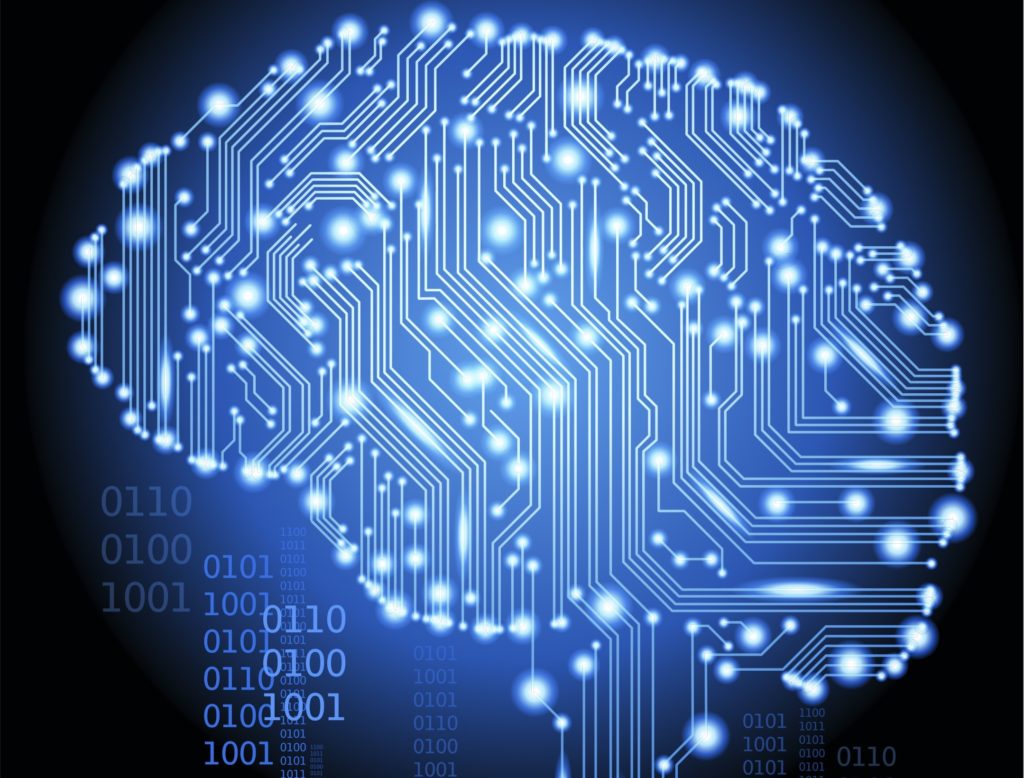What is Amblyopia?
Although you’ve probably heard the term before, a lot of parents don’t know much about the condition itself. To understand the problem, you need to understand a little bit about how vision works.
Our eyes don’t really “see” anything. Instead, they send signals and messages about what is in the environment to the brain, which translates them into what we “see” with our eyes. This miraculous process works smoothly, but it requires a strong connection between the eyes and the brain.
Sometimes that connection is stronger with one eye than the other eye. When that happens, the weaker eye doesn’t focus as much as the other eye so it seems to wander more.
This lack of focus is what gives the condition the common name of “lazy eye”. If left untreated, the weaker eye’s signals could eventually be ignored completely by the brain thus significantly reducing your child’s vision in that eye.
What Causes Amblyopia?
Both eyes must receive clear images during the critical period. Anything that interferes with clear vision in either eye during the critical period (birth to 6 years of age) can result in amblyopia (a reduction in vision not corrected by glasses or elimination of an eye turn). The most common causes of amblyopia are constant strabismus (constant turn of one eye), anisometropia (different vision/prescriptions in each eye), and/or blockage of an eye due to trauma, lid droop, etc. If one eye sees clearly and the other sees a blur, the good eye and brain will inhibit (block, suppress, ignore) the eye with the blur. Thus, amblyopia is a neurologically active process. The inhibition process (suppression) can result in a permanent decrease in the vision in that eye that can not be corrected with glasses, lenses, or lasik surgery.
How does Amblyopia affect vision& brain development ?
•Effects of Amblyopia on vision
Normally, the images each eye sends to the brain are identical. When they differ too much, the brain learns to ignore the poor image sent by one eye and “sees” only with the good eye.
The vision of the eye that is ignored becomes weaker from lack of use.
•Effects of Amblyopia on brain:
Studies have shown that during the brain’s development, it adapts to its environment to form new connections between brain cells and strengthens old ones, in a process called neuroplasticity. Amblyopia is the most prevalent neurological defect of vision in children and adults, affecting 1-3 percent of the population.
•Is the amblyopic eye blind?
The amblyopic eye is not blind in the sense that it is entirely without sight.

Does Amblyopia get worse?
Vision in the amblyopic eye may continue to decrease if left untreated. The brain simply pays less and less attention to the images sent by the amblyopic eye. Eventually, the condition stabilizes, and the eye is virtually unused.
Is amblyopia preventable?
Early detection and treatment of amblyopia and significantly unequal refractive errors can reduce the chances of one eye becoming amblyopic.Amblyopia can limit the occupational and leisure activities of a person. People with amblyopia are more prone to losing vision in the healthy eye due to trauma.
The treatment procedures at Sanjeevan are designed in a way that helps the patient suffering from Amblyopia relax and re-gain enough strength to recover from the ailment. The point of focus being conditioning the optic pathway of the amblyopic eye. Sanjeevan treatment helps ameliorate the neural activity in the visual cortex part of the brain. In addition to this, our treatment process helps increase the blood supply and oxygenation of the retina and optic nerve which in turn helps in the treatment of Amblyopia.
